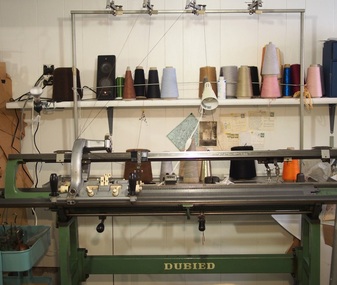 Since graduating from Ryerson's Masters program, life has been a mixture of returning to a more normal way of living (reasonable work hours) and setting up my work areas so that I enjoy returning to those spaces everyday. Here is a picture of one of my work stations with old maps, music and above all, good light for knitting. In the afternoon the light coming through the smallish windows is quite beautiful and bright, but otherwise I use huge halogen lights. This month has been all about developing exciting textures and knit swatches for my fall collection. The act of servicing and cleaning these machines helped, I think, in the process of getting to know how the cams and patterning combinations differ from the Santagostinos and other double bed machines. Below are some of my more successful experiments which are based upon Guilloche and tuck structures. These rib based structures are formed through the use of both beds of needles through cam position changes. You can also create Guilloche on one bed through augmenting cam position changes with racking. I find the format of the photo does distort the size and context of the knit swatches somewhat, but they are quite fine gauge. 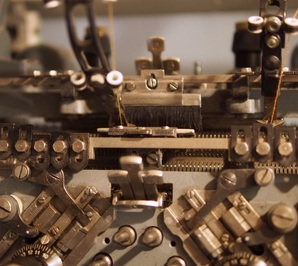 This is a close up of my Santagostino 10 Gauge. It excels at creating very fine gauge tuck and jersey structures, so I am developing knit swatches for light weight all season cardigans. It is fairly obvious that, to create a cardigan, one must develop professional hems, ribs and edges so I developed some handy tools (by cannibalizing extra tools and needles from other machines) to speed up the hand work involved. These transfer tools allow me to move stitches from one bed to another to create hem and cardigan body combinations. I simply unscrewed and discarded the old stitch holders and cut apart ones corresponding to the correct gauge for my machine. Then I made sure to space the stitch holders the correct distance apart and screwed them securely in. Bending the tool ends helps prevent live stitches from falling off the end of the needle. For collection development, it has been really useful for me to think in terms of each machines limitations. By blocking out the strengths of a particular machine, stitch or yarn I can move forward without coming up against too many hurdles. For example my Santagostinos do not seem able to do the same Guilloche as the Dubieds. There is a half cam position which the Santgostino lacks. V-bed machines while wonderful are not jacquard or punch card capable therefore a certain degree of user ingenuity is necessary. 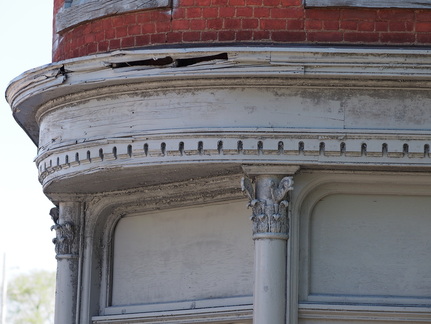 Here is one last image. My boyfriend and I took a long walk through Hamilton this morning to find the old Cannon Knitting Mill. It is a series of 5 buildings built between 1860 and 1950 which spun cotton, knitted curtains and all sorts of other items. It has several charming facades and entrances but otherwise its huge windows are boarded up. This particular corner is said to have originally been a hotel. I am really taken with the romantic and impractical idea of making it into a knitting mill again and fixing it up!
2 Comments
Bruna
3/10/2019 04:57:55 pm
Hi Anna, is it more useful the autocam or discam? which one do you prefer and why?
Reply
anna
4/4/2019 06:23:08 pm
Hi Bruna,
Reply
Leave a Reply. |
Anna is a Hamilton based knitwear and textile practitioner blogging about her collection development as well as pre-1950's knitwear technology.
Links
Emma Gerard Make something bookhou Iben Hoej krystalspeck workshop bespoke truckee amy lawrence designs Categories
All
|

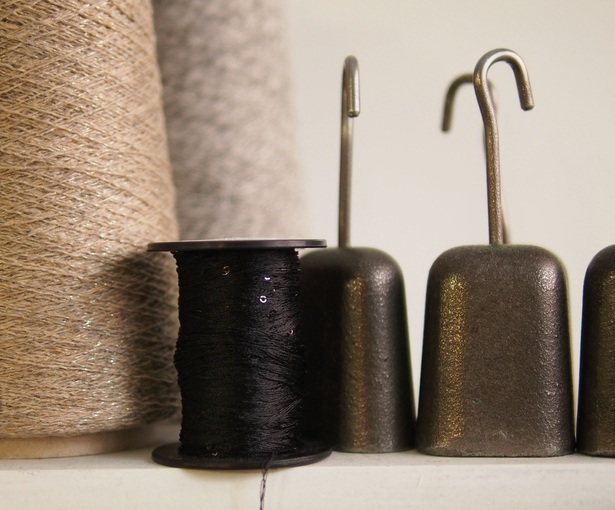
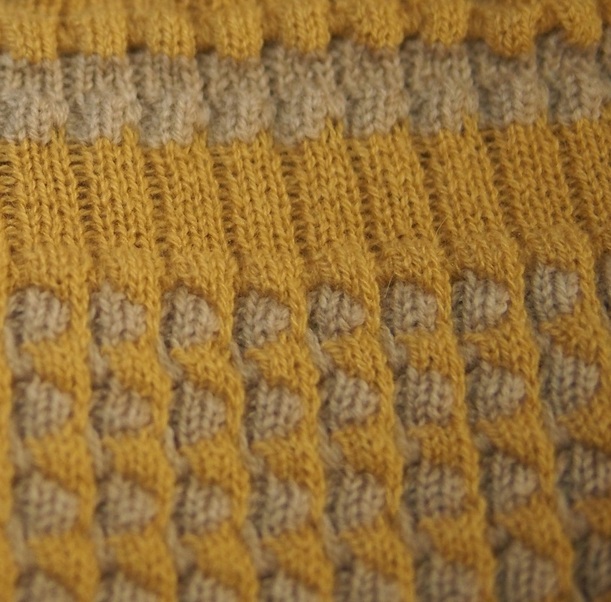
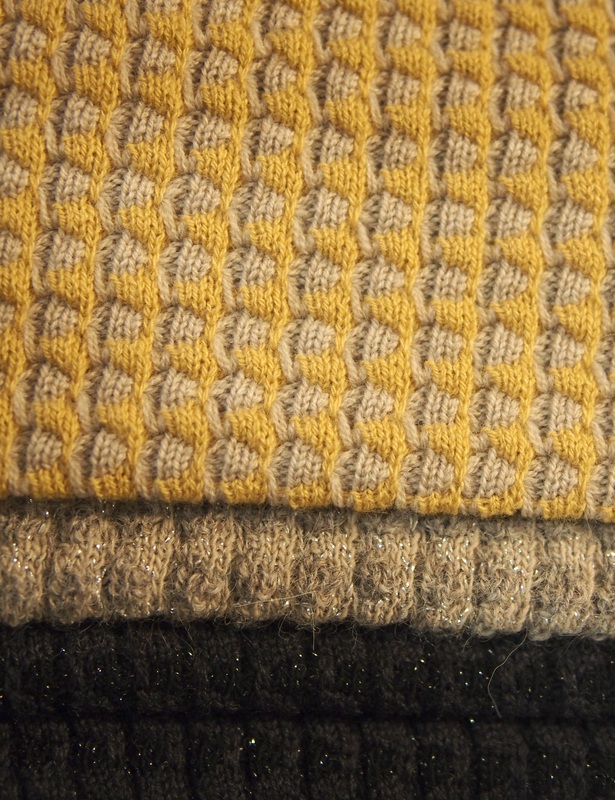
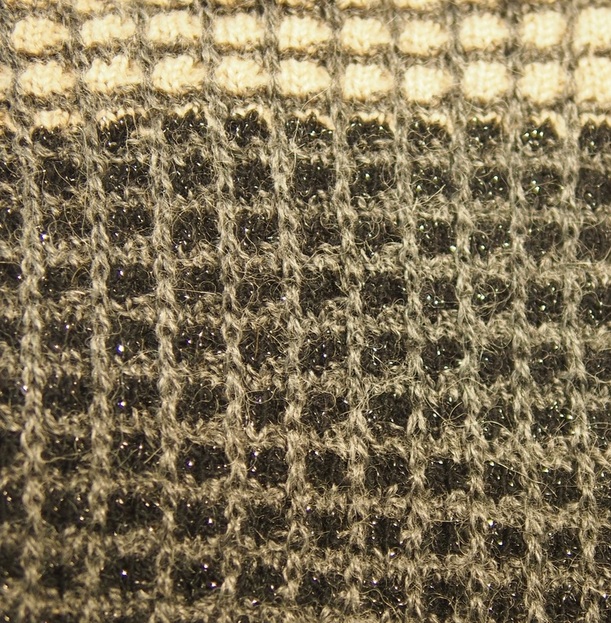
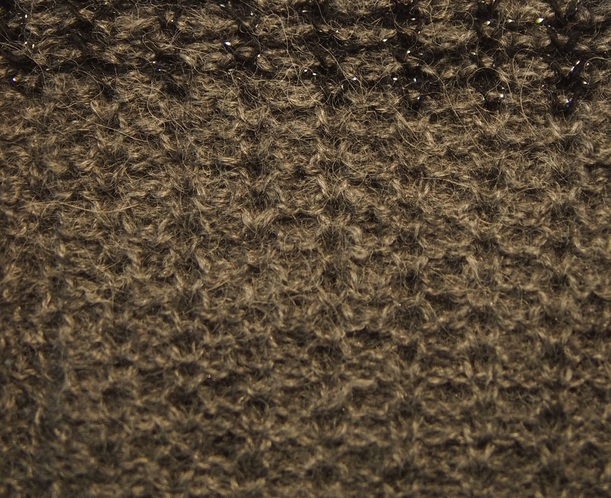
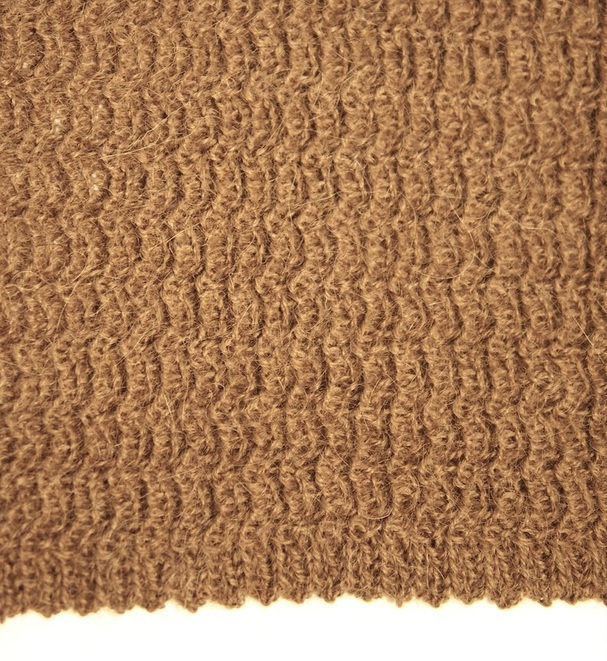
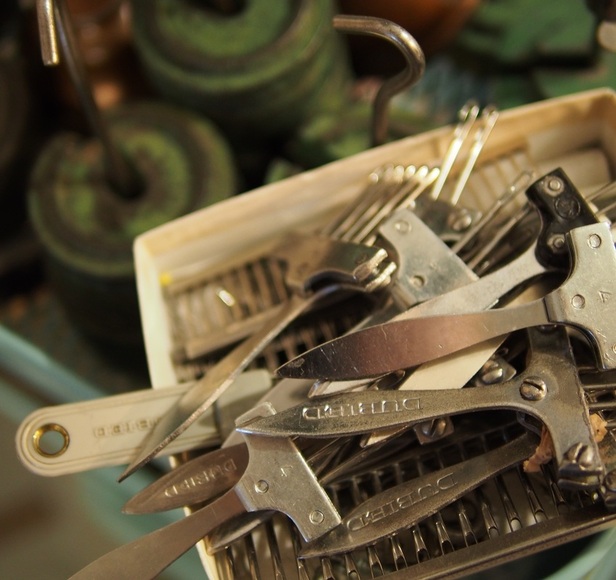
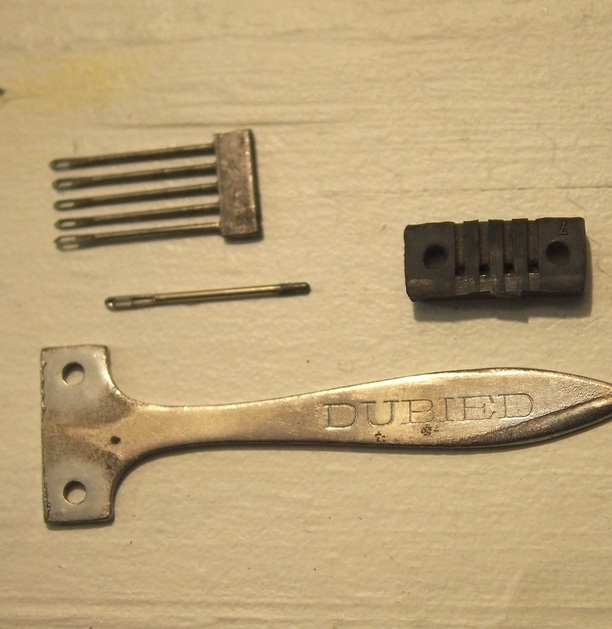
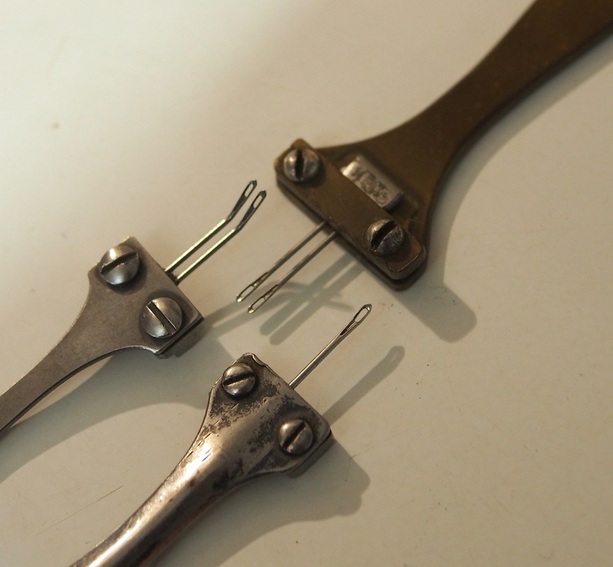
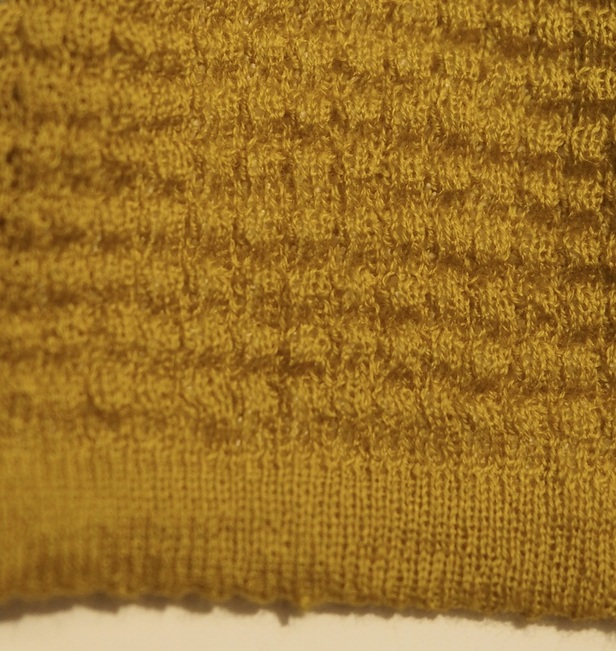
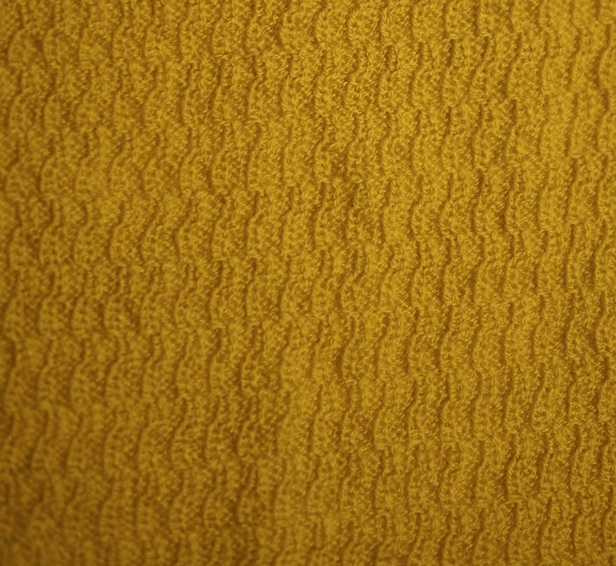
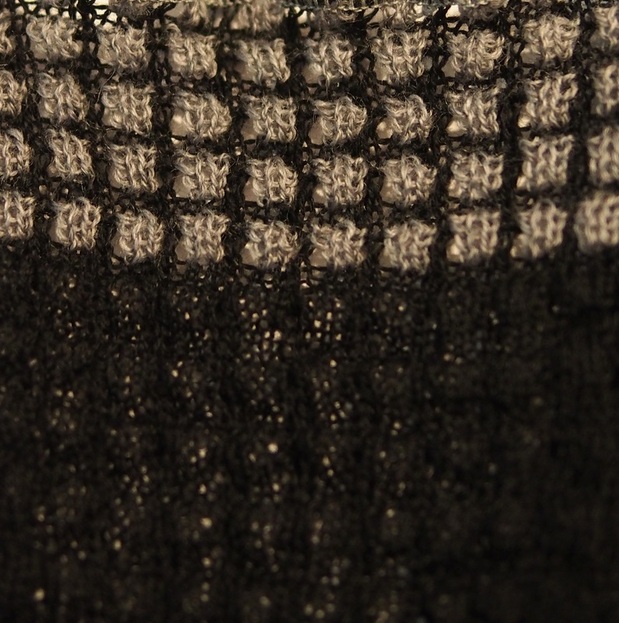
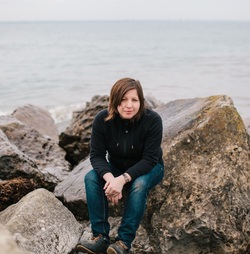
 RSS Feed
RSS Feed